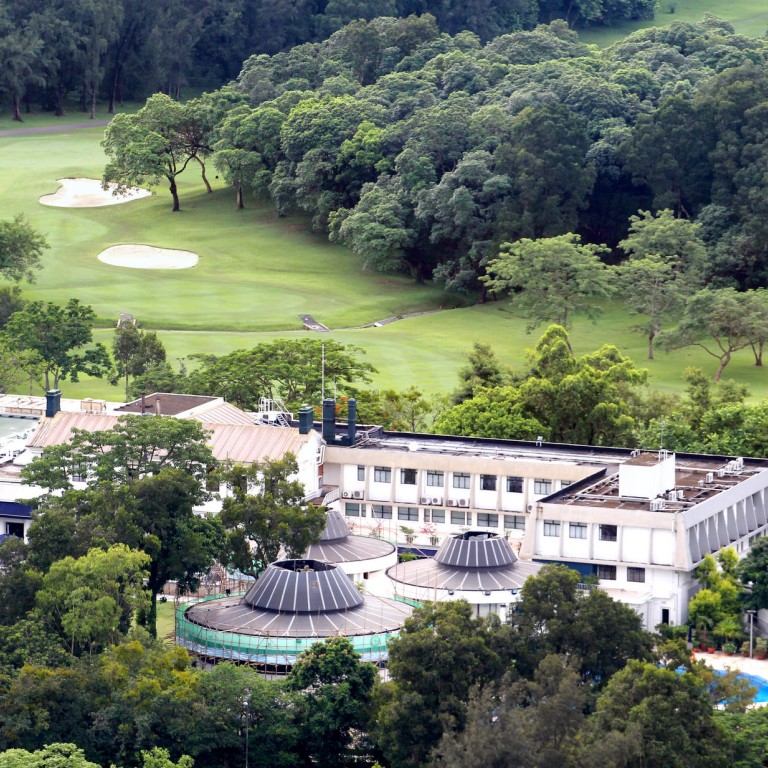
Non-indigenous villagers lose out in compensation for loss of their homes
Villagers in the northeastern New Territories say their ancestors settled the flat, arable land as early as 1900, according to local records. But that doesn't meet the legal definition of indigenous village established when the government launched its small-house policy.
Villagers in the northeastern New Territories say their ancestors settled the flat, arable land as early as 1900, according to local records.
But that doesn't meet the legal definition of indigenous village established when the government launched its small-house policy: one that existed before 1898 - when Britain leased the New Territories from China. And only native people are given new land when their homes lie in development zones.
Houses built by non-indigenous villagers are often labelled as squats by the government. Only houses registered with the government before the 1980s are considered legal. Even so, their legal status is precarious: their status is temporary because the government never formally approved them.
Close to 90 per cent of the 727 villages in the New Territories have been recognised as indigenous, while 74 are classed as non-indigenous.
If the government takes back land from an indigenous homeowner, it offers a site of the same size elsewhere for the homeowner to build another residence. They're also offered money on a case-by-case basis.
Occupants who aren't native are not given land, but are generally offered about HK$600,000 in cash, although the amount can vary. Some residents opt to take a public flat if they pass the government's means test.
Chow Kwong-chuen, 74, whose father settled in Kwu Tung in 1949 after fleeing the communists, raised his three children in a 3,000-sq-ft stone house that is legal. Now eight people live there, including grandchildren, and he raises livestock. He says the government offered him about HK$1,000 per square foot. "For the small sum we can't really afford a flat in this area," he said.
Private developers hold at least 70 hectares of the 168 hectares of residential land that would be subsumed in the proposed Kwu Tung new town development, according to developers' annual reports and town planning and villagers' records.
Developers involved include Henderson Land, Sun Hung Kai Properties, New World Development, Cheung Kong and relatives of the late businessman Henry Fok.
Villagers are especially incensed that the nearby 170-hectare Fanling golf course - owned by the private Hong Kong Golf Club - has not been included in the redevelopment plans.
Ng Mee-kam, an urban planning professor at Chinese University, said the government owed the public a clear explanation as to why the golf course land would not be redeveloped.
"This is an injustice in the eyes of the public," she said.
A spokeswoman for the Development Bureau said the land use of the golf course would be included in a future planning study covering the northern New Territories.
Activists also claim the government may have favoured developers which own land in the new-town areas. They say their research shows most of the land held by developers is zoned for residential use, which allows them to maximise profits by building flats.
A Planning Department spokeswoman said zoning was determined by planning considerations and not land ownership.
"It's not surprising for the government to do that [zoning private land for flats] in order to minimise difficulties in the land resumption process. Why can't they just explain it clearly if there's no collusion involved?" asked Ng.
The credibility of the bureau leading the project took a further hit in July last year, when it was reported that development minister Paul Chan Mo-po had acquired a 20,000 sq ft agricultural plot in Kwu Tung North 20 years ago. He remained a director of the company which bought the site until April 2011.

